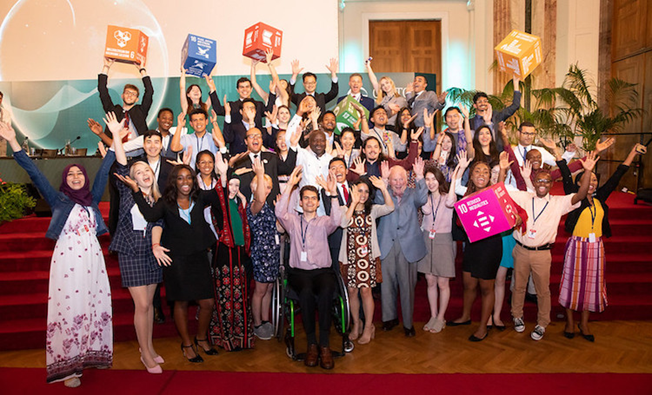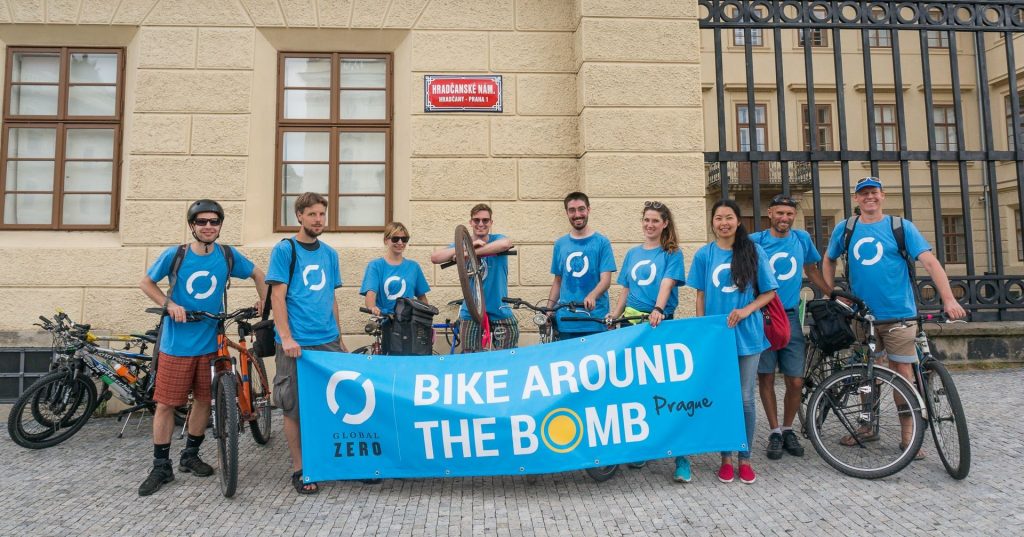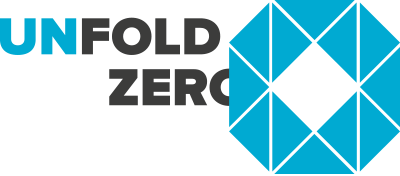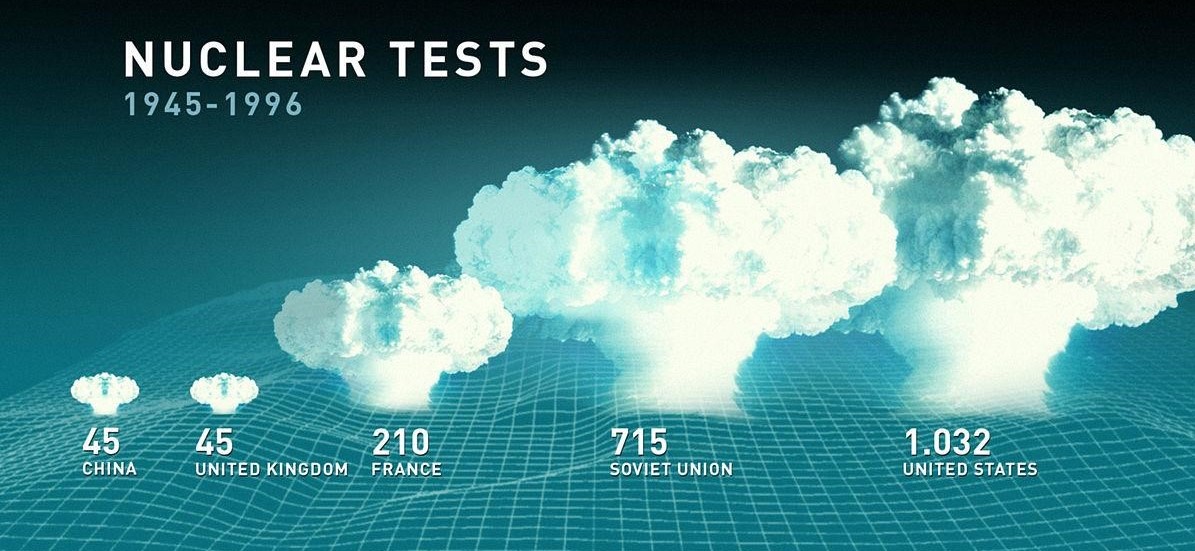By Marzhan Nurzhan, Abolition 2000 Youth Network Convener, Outreach/Education Coordinator of the CTBTO Youth Group, 2019 UNODA-OSCE Scholar for Peace and Security
29 August is a symbolic day which marks simultaneously the first Soviet nuclear test in the Semipalatinsk (Semey) test site, which is located in Kazakhstan, in 1949 and the official closure date of the Semey polygon in 1991. The premier Soviet bomb had a capacity of 22 kilotons which was equivalent to the Nagasaki blast yield. For almost half of the century, from 1949 and 1989, 456 nuclear tests were conducted at the Semey test site, this comprises the quarter of the whole 2000 nuclear explosions carried out worldwide and more than half from the 715 held by the Soviet Union in total.
The nuclear legacy of tests resulted in detrimental humanitarian, environmental and socio-economic consequences, leaving a mark for people to suffer after 30 years past and still continue to influence the lives of the victims now in the fourth generation. According to scientific studies, it is proven that effects of nuclear weapons have disproportionate harm on women and children. Most of the women due to high level of radiation experience difficulties to deliver healthy child and in general bear the negative consequences on women health. Whereas for newborn children, it is hard to survive due to birth abnormalities, deformities and premature death.
This is where the role of civil society and especially youth engagement is important to raise public awareness, educate people about the existing danger of nuclear weapons and urge to ban nuclear testing forever. In light of the Doomsday Clock by the Bulletin of the Atomic Scientists being moved to 100 seconds to midnight, the closest indication since the beginning of the annual announcement starting from 1947, and the possibility of the US to resume nuclear testing, the call for actions is required.
There is a special occasion, which provides a basis for the activities and public actions to stop nuclear tests around the globe for a nuclear-weapon free world, that is the day of 29 August. Since 2009, 29 August was declared as the International Day against Nuclear Tests (IDANT) by the United Nations General Assembly resolution which was initiated by Kazakhstan. Usually this day is commemorated by the official events held in the UN in Vienna, Geneva and New York as well as in Kazakhstan in cooperation with and support of the Comprehensive Nuclear-Test Ban Treaty Organisation (CTBTO). There are also public actions and activities which take place in different parts of the world and can be initiated locally by young people.
How can youth raise awareness and promote the IDANT? Here are some ideas.
First of all, by engaging in youth networks and learning more about the topic:
- join the Abolition 2000 Youth Network, which is a working group that provides a forum for networking and building cooperation between various youth-led nuclear disarmament initiatives
- join the CTBTO Youth Group (CYG), which is open to all students and young graduates who wish to actively engage in promoting the Comprehensive Nuclear-Test Ban Treaty (CTBT), the multilateral treaty that bans all nuclear tests
- sign up for CYG introductory curriculum – online course to get educated about the history of nuclear testing
- find out about what is the nuclear-weapon-free zone and whether your country is part of it
- start with small steps, advocate for and establish nuclear-free area/zone in your schools or universities, join the Nuclearfreeschools
- sign the ATOM project petition for a nuclear-weapon-free world and get to know more about humanitarian consequences from the stories told by the victims.

Secondly, organise public events:
- hold a movie screening with the discussion, one of the latest documentaries produced is the film “Where the wind blew”, which tells the stories of people affected by nuclear testing from the USA in Nevada test site and Kazakhstan in Semey
- bike around the bomb, initiated by Global Zero, find out at NukeMap what damage a nuclear bomb would do to your city and ride that distance
- display 3d nuke art, the 3D street painting hints the hidden threat to humankind – the thousands of nuclear missiles stored underground or on submarines under the ocean
- public talks (online or offline) or so-called human libraries, inviting people who were impacted by nuclear testing downwinders or victims, to learn from the personal stories and make their voices heard, for example Karipbek Kuyukov (Kazakhstan), anti-nuclear activist, artist and second generation victim was invited to speak at the Scottish Parliament and also exhibited his paintings.

Finally, it is important to engage and educate public along with the younger generation´s participation of existing risks by encouraging more intergenerational cooperation as well as geographically diverse youth dialogue so that knowledge and experiences are passed across the times, globe and raise awareness of the public to take actions by remembering the past but also aiming for the future free of nuclear weapons and testing by acting now. 29 August serves as a good occasion to highlight the International Day against Nuclear Tests, however to amplify efforts continuous interaction on nuclear topic, interdisciplinary outreach to promote the day is desired.
Nike Air Force 1 Shadow Pale Ivory/Celestial Gold-Tropical Twist
